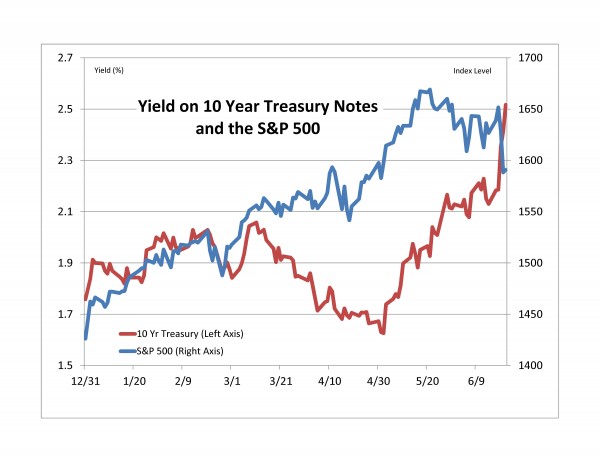The title is in quotes because it comes from FTFM, a supplement to the Financial Times reporting recent developments in the long running debat about active vs passive investing.
The SPIVA reports published by S&P Dow Jones Indices show that actively managed mutual funds under-perform their index benchmarks more often than not. For a long time this seemed to be a well kept secret. However, the rising popularity of ETFs have boosted the share of assets in passive or index-based investments. Now comes a report that more and more investors — including active managers — are investing in passive or index-based investments. FTFM reports that a “survey of 1001 fund management professionals — many of whom make their living promoting active products — showed that two-thirds have invested a sizeable amount of their personal savings in passive products. And 45% said they have invested a ‘significant portion’ in such funds.”
One source of the rising popularity of index investing, even among active fund managers, is the growth in strategy indices offering a wide range of investment strategies through ETFs. While market cap weighted index funds based on the S&P 500 and other recognized indices continue to dominate the market, new ideas generate interest and attract assets. A second reason for the growth of index investing is the fee differentials between passive and active management which favors passive investing. Burton Malkiel who started the rush to passive investing with his book A Random Walk Down Wall Street surveyed the field in a recent article in the Journal of Economic Perspectives.
The posts on this blog are opinions, not advice. Please read our Disclaimers.



